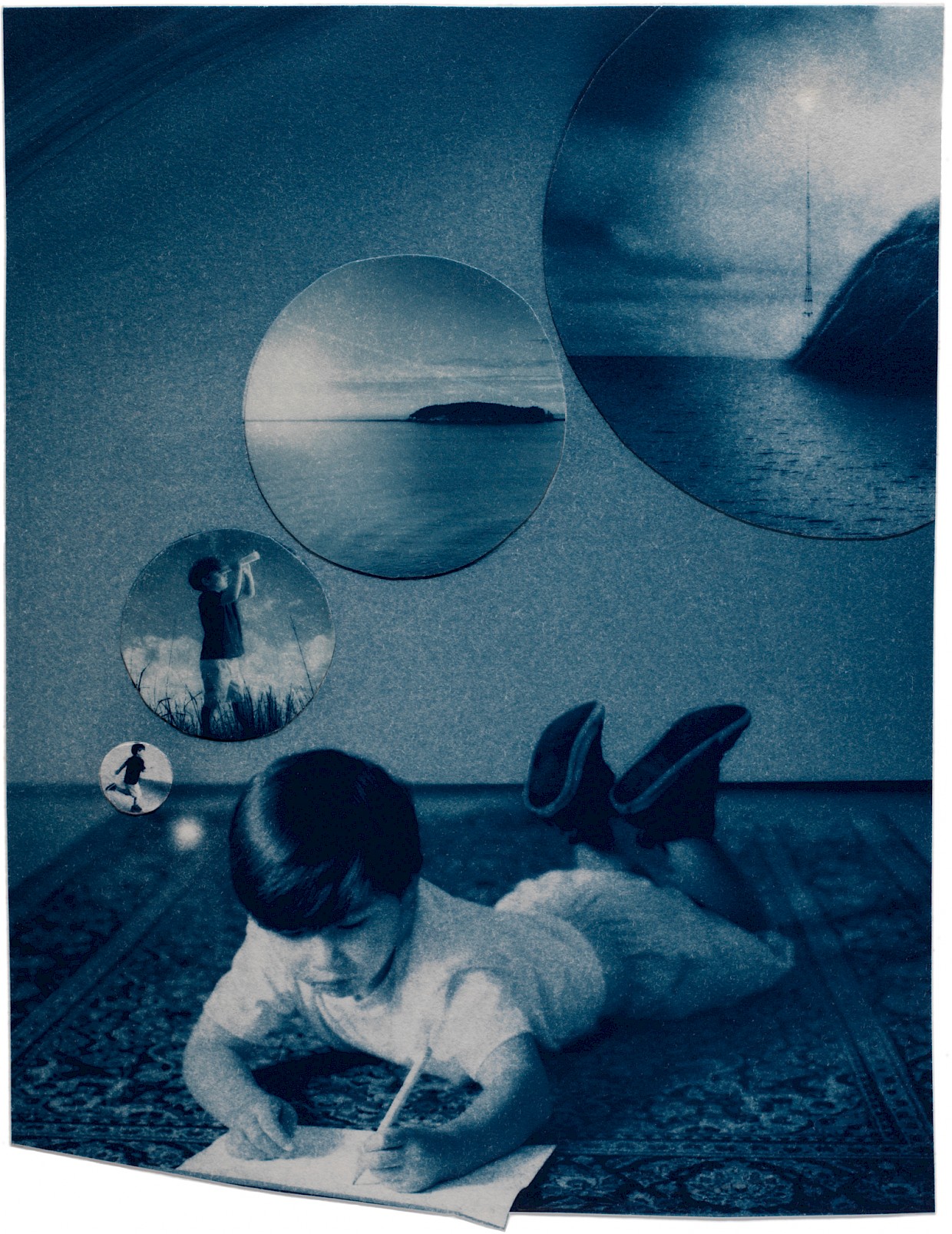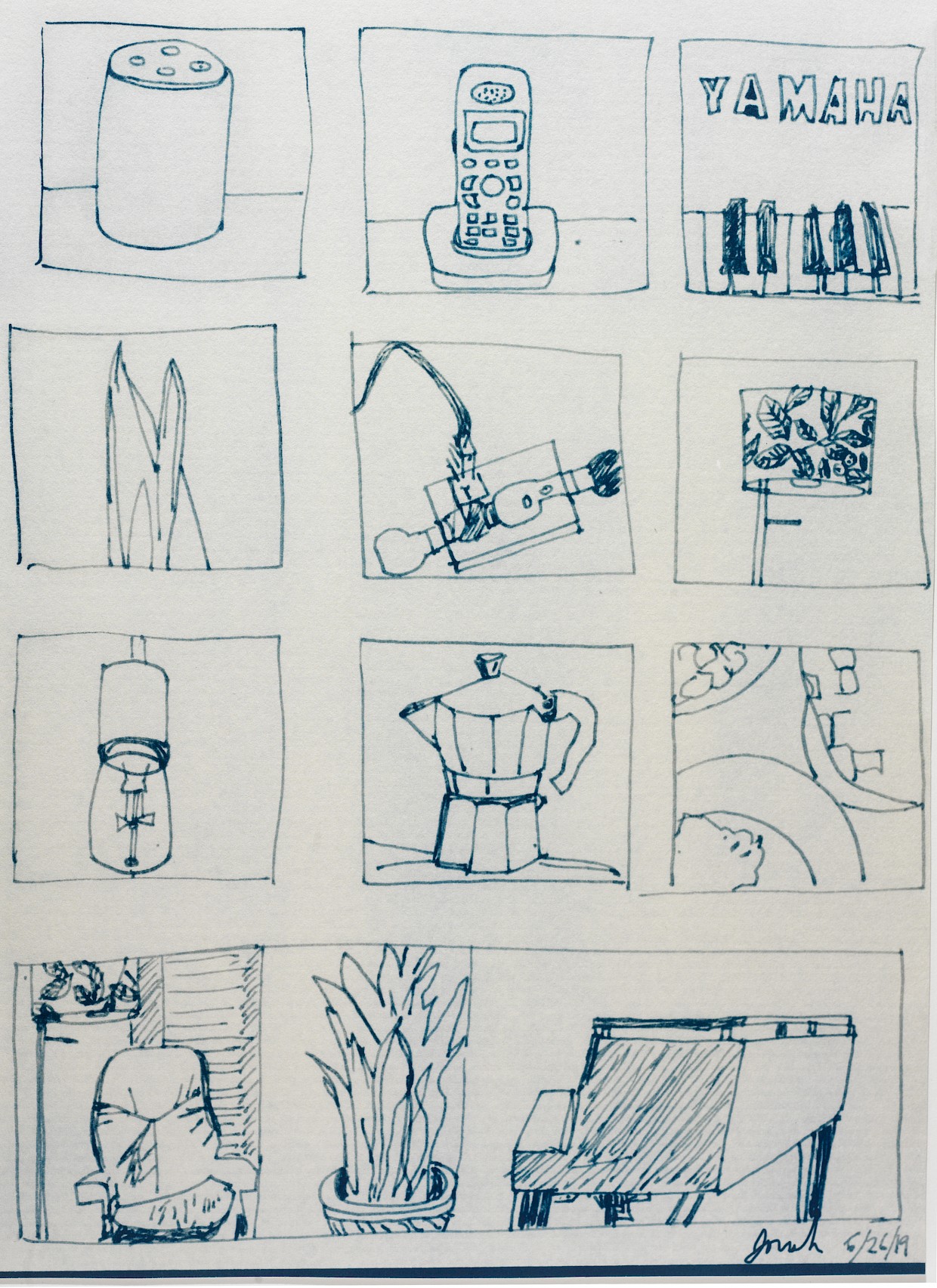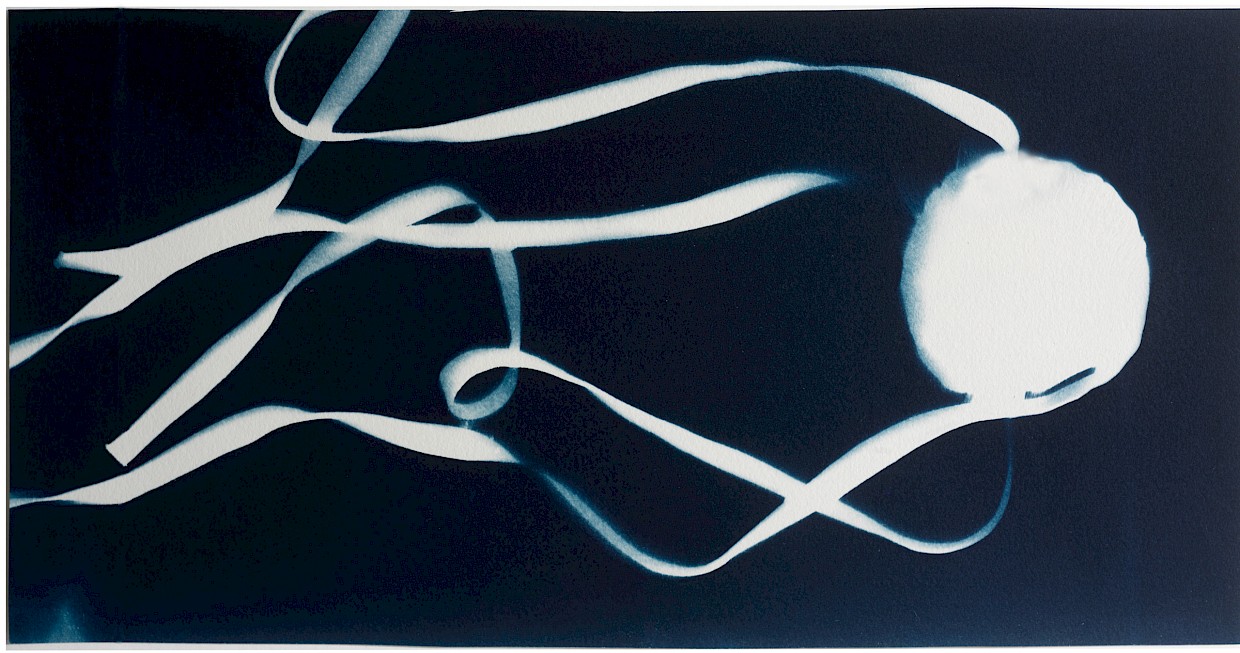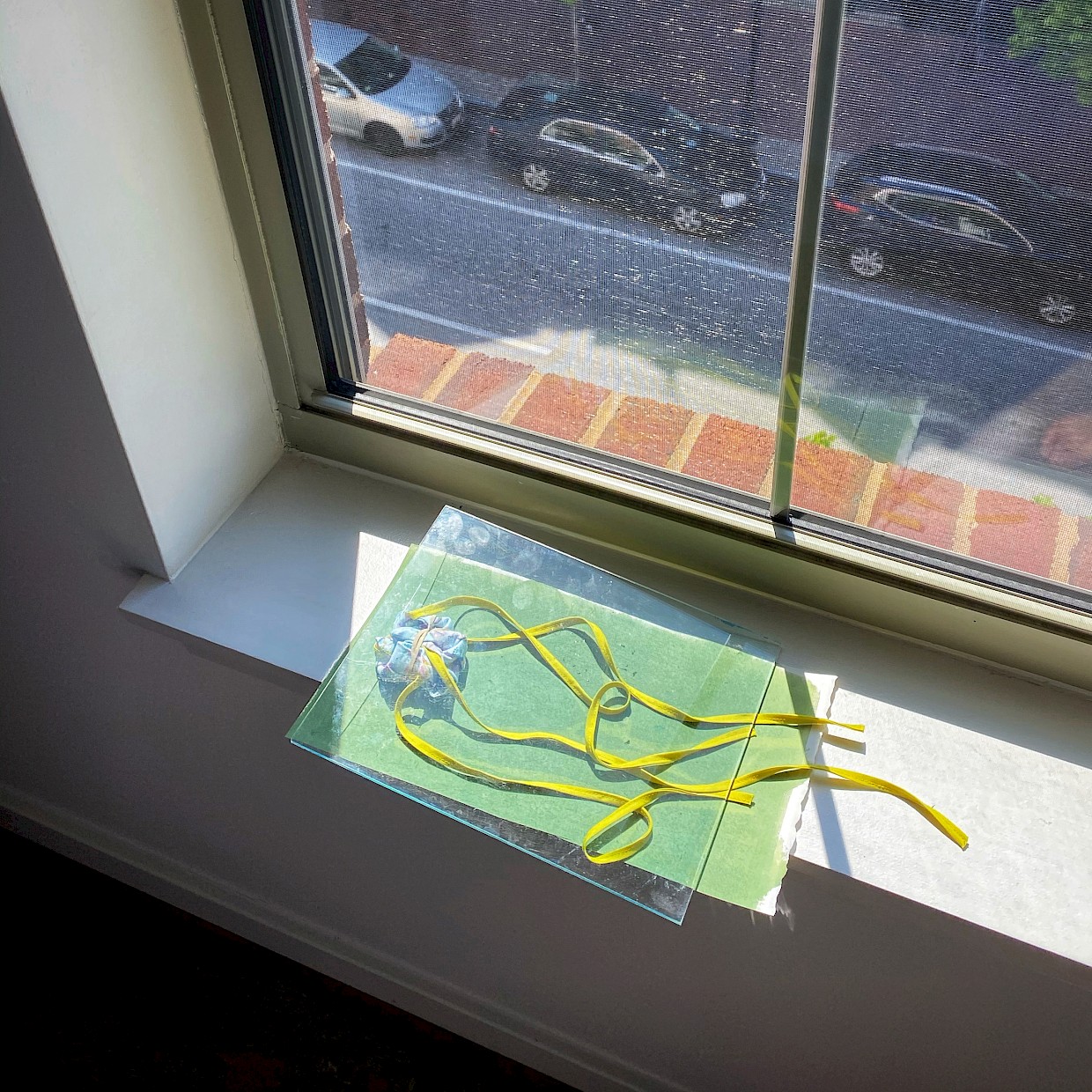Art Ideas for Kids - So You Can Get Work Done at Home
May 22, 2020 / Photography / how to be creative / storytelling

How are you doing keeping your kids occupied while you try to get work done at home? Many parents are asking for suggestions. I have some ideas that I think you’ll love!
And no, I won’t be talking about learning the piano or taking up photography. Those are costly and take a long time. The ones below are cheap and don’t need pre-planning.
Draw Something
Drawing is useful for reducing stress–your kids’ and your own. Drawing will keep them occupied for sure. I’m excited about these two online resources for drawing.
Sequential Artist Workshop
Sequential Artist Workshop in Florida is currently offering a free 30-minute video course on How to Draw a Horse. How fun is that?
I’ve taken several comic book courses from Sequential Artist Workshop over the years, and I highly recommend them一especially if your kids are interested in drawing and telling stories using a combination of pictures and words (comic book art).
They also have a free course How to Say Everything. Yes, this one promises a lot, and maybe it’s too advanced for kids, but keep it in your back pocket or try it yourself! This resource is rich in suggestions and detail. Check out their other free drawing resources and paid courses too.

Sketchbook Skool
Another online resource worth checking out is Sketchbook Skool. They currently have a free downloadable PDF of 101 Things to Draw(scroll to the bottom of the page). This list could be the start of a creative and fun art project for your kids!
I can’t draw to save my life, so last year I took the How to Draw Without Talent course from this school. The drawings above are from that course (printed as a cyanotype, of course!). This $49 course might be an option to keep your children occupied.
Write a 6-Word Story
When I was young, I used to pretend I was a writer. I started a “novel” in one of those composition notebooks, remember those things? I didn’t get past the first page though. I write and blog now because of that unresolved memory. I’m trying to get past that first page.
I had never heard of a 6-word story until around 2016 during a work retreat. The facilitator asked that we introduce ourselves using only six words! Wait, what? The most famous example of the 6-word story is from Ernest Hemmingway According to Wikipedia, this story is likely misattributed to Hemmingway as similar stories of baby shoes predate him. : “For sale: baby shoes, never worn.”
Everyone was under pressure. I couldn’t think! What was I going to say? My mind raced through some possibilities. It was now my turn. I blurted out the first six words that wouldn’t let go, even as I tried to come up with more work-appropriate alternatives:
“Accountant turned artist. What happens next?”
I now use this story to introduce myself to people, and it’s a subtitle on my about page. I like it for its simplicity.
Simply Dive in and Go for it
Ask your children to write 6-word stories. That should occupy them for a while. Better yet, do it during dinner together and take turns coming up with 6-word stories!
Tweet your 6-word masterpieces too. Tons of people are doing “flash fiction” or “sudden fiction” like this.

Make Cyanotype Photograms
If you have more time to plan, I recommend making cyanotype photograms. Cyanotype is easy and safe enough to spark a child’s interest in photography.
This is where you place materials on top of photosensitive cyanotype paper, expose it to sunlight, and then rinse the paper under tap water to develop the image. The kids don’t have to go outside for this (you have work to do after all!). Open a window and let the sunlight in. That should work just as well. I made some cyanotype photograms on my windowsill as I was writing this blog post. It’s as easy as that! This is a good summer art idea as well with more sunshine.

What you end up with are these beautiful blue prints showing the outlines of the objects placed on top of it. I demoed cyanotype photograms at the Maryland Science Center a couple of years ago, and kids loved it! Children can spend hours experimenting with things around the house.
The most well-known cyanotype artist, Anna Atkins, placed ferns on top of the cyanotype paper and self-published them into books starting in 1843. Atkins is regarded as the first woman photographer. There’s something special about realizing the connection of creativity between your children and Anna Atkins that transcends time.

The cyanotype photogram requires pre-planning though. You have to buy sunprint paper (affiliate link), but it’s worth it. Read the directions before you start so that you know how much supervising you’ll have to do with your children.
Combine These Simple Art Ideas!
Mix all these ideas up or extend them. I wrote about idea transplants where you apply knowledge in one field into another. Mixing things up is a creative mindset worth adopting early.
Use the 6-word story as the title to a cyanotype photogram or drawing. It’ll be a unique take on a one-panel comic strip.
Maybe your kids will think drawing is lame, so try watercolor or painting instead. The two online resources mentioned above feature other things like inking a cartoon panel or even collaging pictures. Explore what else those sites offer.
And the best part is, when this pandemic lockdown is all over, you can then frame your kids’ cool art and hang them in your office.
Download “Think Like An Artist” PDF
While your kids may not want to become artists when they grow up, I’ve found through my many years of corporate world experience that thinking like an artist improves day-job performance. You and your children can apply this creative mindset at any age—at work and at play. Download this reading list PDF to get started.



